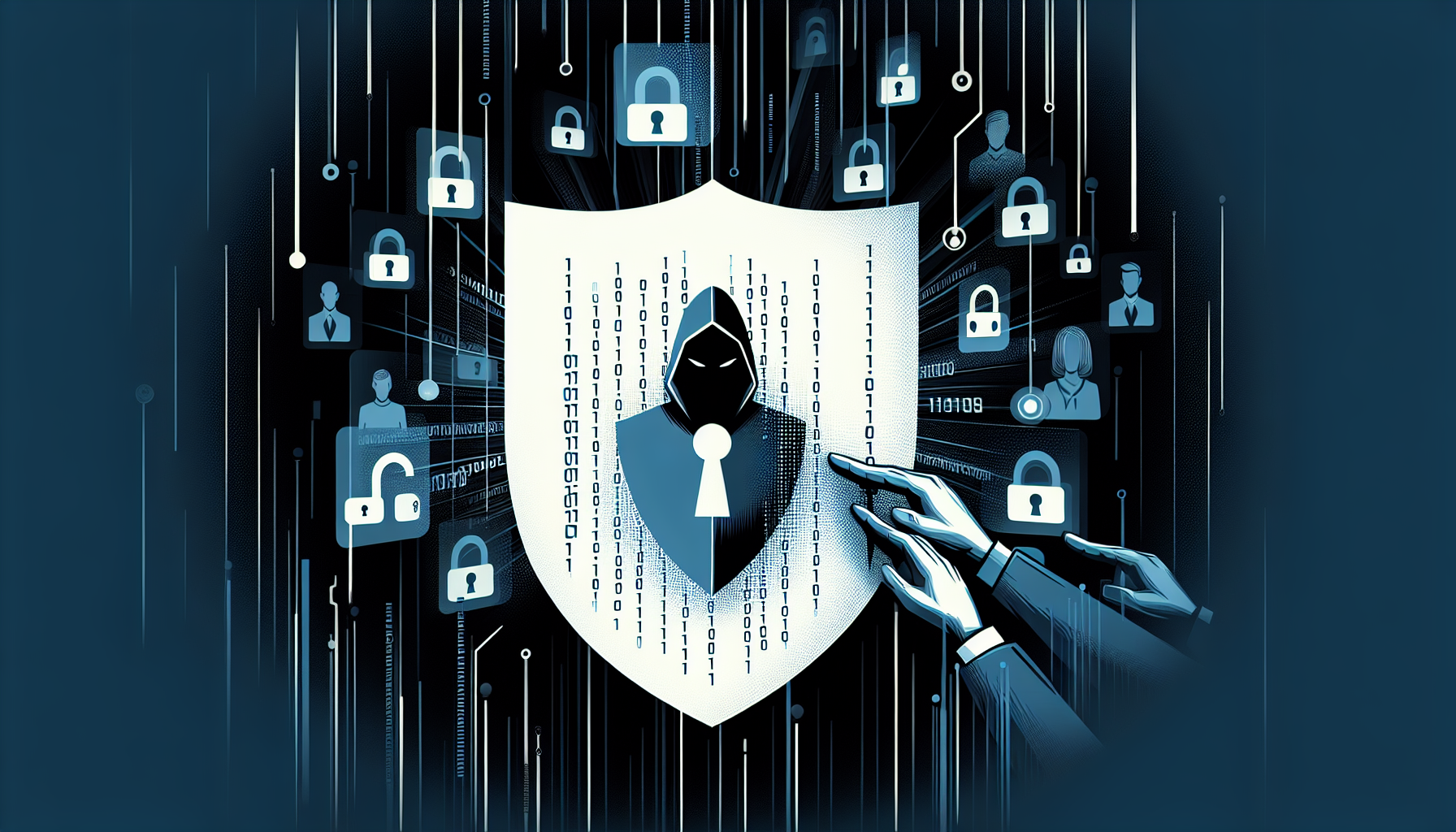U.S. Government Charges Alleged Leader of LockBit Ransomware Group
In a significant action against cybercrime, the U.S. government announced charges against Rostislav Panev, a dual Russian and Israeli national, who is purportedly involved in the notorious LockBit ransomware group. With reported ransom payments exceeding $500 million from 2019 to 2024, this latest arrest underscores the gravity and reach of ransomware operations in today's digital landscape.
The LockBit Ransomware Group
LockBit emerged in 2019 as a prominent player in the world of ransomware, characterized by its sophisticated malware designed to infiltrate various networks and extort ransom payments from victims. Law enforcement officials allege that Panev was pivotal in developing and maintaining the group's malware code, allegedly receiving around $230,000 in cryptocurrency for his contributions. This charge aligns with a broader trend wherein ransomware groups have evolved to become more systematic and commercially driven.
LockBit has targeted a range of entities, from hospitals and businesses to government agencies, showcasing its capacity to disrupt critical services. A notable aspect of this case is that Panev's arrest marks the third detainment of alleged LockBit members, following the capture of Mikhail Vasiliev and Ruslan Magomedovich Astamirov, who have already pleaded guilty to charges linked to the group's activities.
Arrest and Further Investigations
Panev was detained in Israel and is currently pending extradition to the United States, where he faces a variety of charges including conspiracy to commit computer fraud. Authorities believe Panev was instrumental in helping orchestrate numerous ransomware attacks globally, which have reportedly caused extensive financial damage.
Digital evidence played a crucial role in linking Panev to the group. Investigators discovered login credentials on his device that provided access to a dark web repository containing multiple versions of the LockBit malware builder. This tool allows different criminal affiliates to create custom ransomware variants tailored to the specific vulnerabilities of their victims.
Ongoing Search for Leadership
Interestingly, the U.S. Department of Justice (DOJ) is still actively searching for the alleged ringleader of the LockBit group, Dmitry Khoroshev. The government has placed a reward of up to $10 million for information leading to his arrest. Dubbed as a leading figure in the operation, Khoroshev is reportedly responsible for receiving at least $100 million in digital currency tied to ransom payments, raising questions about the financial underpinnings of ransomware operations.
According to legal filings, Panev’s involvement reportedly included coding capabilities that could disable antivirus protections like Windows Defender. He has claimed ignorance regarding the legality of his actions during discussions with investigators, a defense that is becoming less credible in the eyes of law enforcement as cyber awareness grows.
Implications for Cybersecurity and Legal Frameworks
The case against Panev illustrates the ongoing battle between law enforcement and sophisticated cybercriminal operations. The U.S. government’s proactive stance reflects an increasing recognition of the need to tackle cyber threats more aggressively. The growing number of ransomware attacks has prompted both private and public sectors to reevaluate their cybersecurity protocols and legal frameworks even more critically.
In my opinion, while prosecuting these offenders is crucial, a multifaceted approach is necessary. This includes international collaboration among law enforcement agencies, increased funding for cybersecurity measures, and a concerted effort to educate businesses and individuals about the threats posed by ransomware.
Conclusion
As demonstrated by the U.S. government's substantial actions against the LockBit ransomware group, the landscape of cybercrime is evolving, demanding an adaptive response from authorities worldwide. The apprehension of key figures sends a clear message: the fight against cybercrime is ongoing, and those who profit from illegal activities will face the consequences. The implications of this crackdown may influence future strategies in combating not only ransomware but cyber threats at large. As we proceed, further vigilance and cooperation may be paramount in restoring confidence and security in our digital infrastructure.

답글 남기기